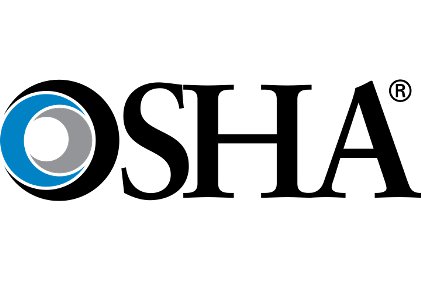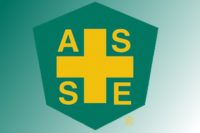 Last month, Assistant Secretary of the Occupational Safety and Health Administration Dr. David Michaels held an OSHA Employees All-Hands Meeting. OSHA employees who were not able to attend the meeting in person were able to participate through the web.
Last month, Assistant Secretary of the Occupational Safety and Health Administration Dr. David Michaels held an OSHA Employees All-Hands Meeting. OSHA employees who were not able to attend the meeting in person were able to participate through the web.
All this week, ISHN will present excerpts from Michaels’ talk at that meeting.
Here is the second installment:
With their support, we are changing the way people see us, cultivating a reputation as respectful, impartial, sincere, fair, and, most of all, effective. A few weeks ago, we received a letter from the president of a stone fabrication company in upstate New York. She was writing to thank one of our compliance officers, Andy Byrne, for his recent inspection of her facility. "I welcomed the learning experience," she wrote, "and trust it makes us a safer workplace."
It is gratifying to hear an employer reflect on an OSHA inspection as a positive learning experience, particularly when the inspection led to citations. But it's even more gratifying to know that these are not isolated instances of positive feedback.
An unprotected trench, sports facility hazards
In December, Peter Wilsey and David Moon, two compliance officers in San Francisco, intervened after spotting imminent fall hazards at a construction site not far from the regional office. The company's safety director asked OSHA to come back to the site and help them hold a bilingual safety stand down.
In the middle of his office holiday party, Ohio CSHO Darin Von Lehmden responded to a referral and found workers operating a small back hoe inside a 25-foot-deep unprotected trench. Determined to get all of the workers home safe to their families for the holidays, he demanded that the uncooperative employer immediately remove the workers from harm.
And last April, while inspecting an indoor sports facility, Joe LaRose, a CSHO in Massachusetts discovered conditions so terrible and so hazardous that if left uncorrected, would have resulted in catastrophic failure. Joe brought together the local fire marshal, police, and facility engineers to convince the property owner to cease construction operations on the jobsite and demolish the existing structure, saving many construction workers and students from serious injury or death.
I am hearing stories like this from regional and area offices across the country, and these stories always remind me that OSHA is an agency full of heroes. Heroes like the staff from our national office and the field that have helped us tackle complex cases involving workplace violence, heat and the prevention of musculoskeletal disorders.
On all fronts
Heroes like Buddy Underwood in Florida whose leadership and expertise in crane safety has convinced even seasoned operators, foremen and supervisors to seek out safety training.
Heroes in Idaho who helped grow a single safety fest into a series of annual events that deliver quality training to thousands - events so popular that workers and business owners travel from out of state to attend. And heroes like Joe Padilla in Colorado and Donald Frost in Atlanta - whose distinguished careers were unexpectedly cut short when they passed away, but whose dedication to the mission of OSHA will be missed for many years to come.
OSHA is made up of individuals who are ready to respond when disaster strikes, like Elias Vela, Theresa Salazar, Marsha Lake-Wilson, and Letetica Barnes, who staffed the incident command center after tornados ripped through Texas in April. This is an agency full of people like Lisa Gilpin, Michael Moon, Shannon Huffman, and Todd Underwood, who conducted the painstaking investigation following the tragic explosion at Bartlett Grain in Kansas in 2011, which killed six workers and injured two more.
Two years ago, after an enormous chemical explosion and fire hospitalized four workers at an adhesive manufacturing plant in Massachusetts, our staff initiated an inspection that led to multiple egregious violations, and we entered the company into our Severe Violator Enforcement Program. Since then, the employer has invested nearly twenty million dollars into making the facility safer. Now the company has started talking about the road to VPP status.
These kinds of stories really drive home that we are succeeding on all fronts to protect workers.
Changing workplace culture
We have achieved a great deal thanks to a talented, creative and hardworking staff. But while recognizing these accomplishments, we also have to acknowledge that there is much more work to be done.
As the structure of the American economy evolves, it has become even clearer to us that workers have a vital role to play in ensuring that their workplaces are safe. The growth of the contingent workforce, the number of vulnerable workers in our most dangerous occupations, the increasing transience of workers in occupations where we once saw much more stability - all present challenges that previous administrations did not have to face. We must continually renew our efforts to ensure that workers are empowered to get the information they need about the hazards they face - and workers must have the ability to use the rights they are entitled to under the law without fear of retaliation.
Tomorrow: Beyond compliance



